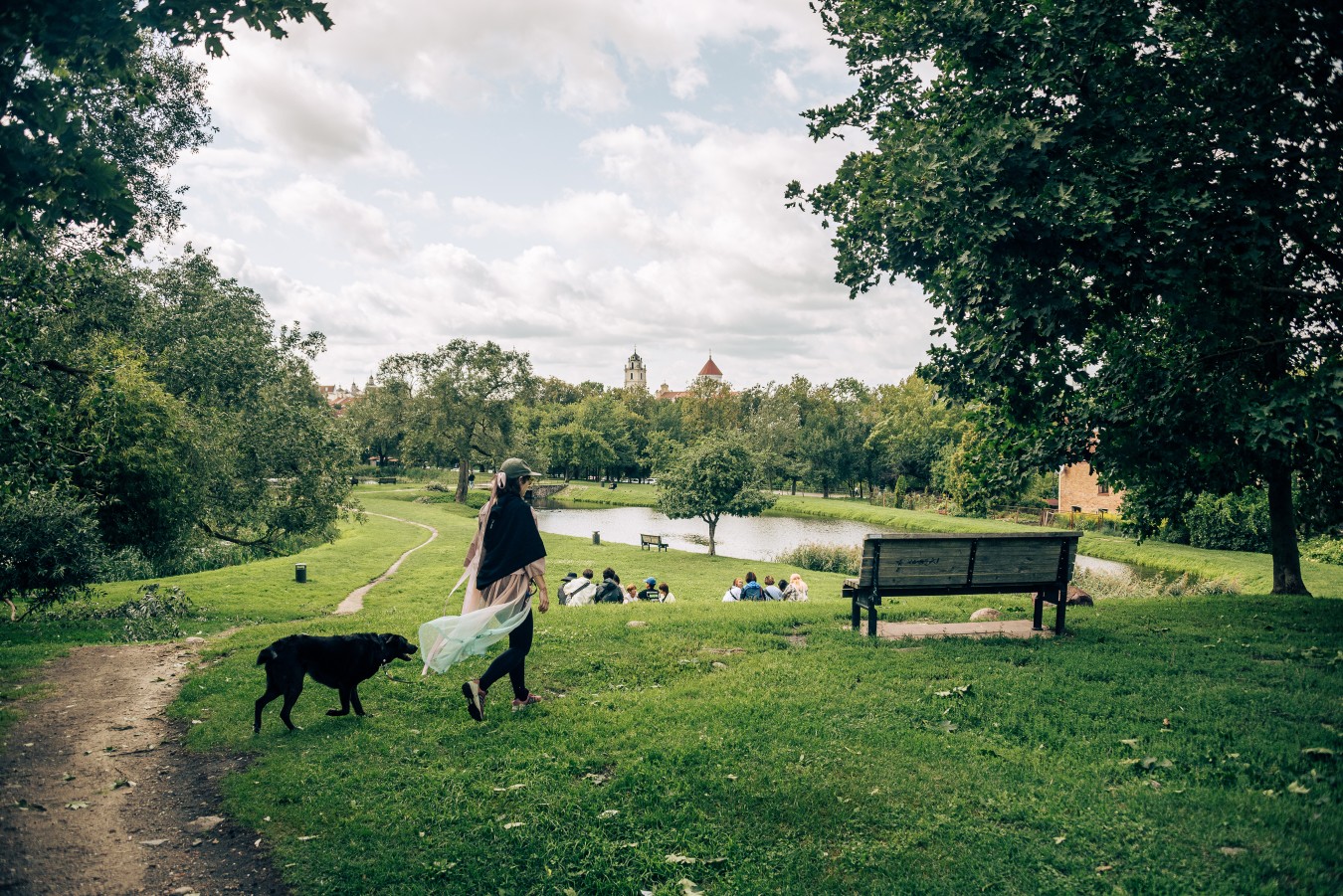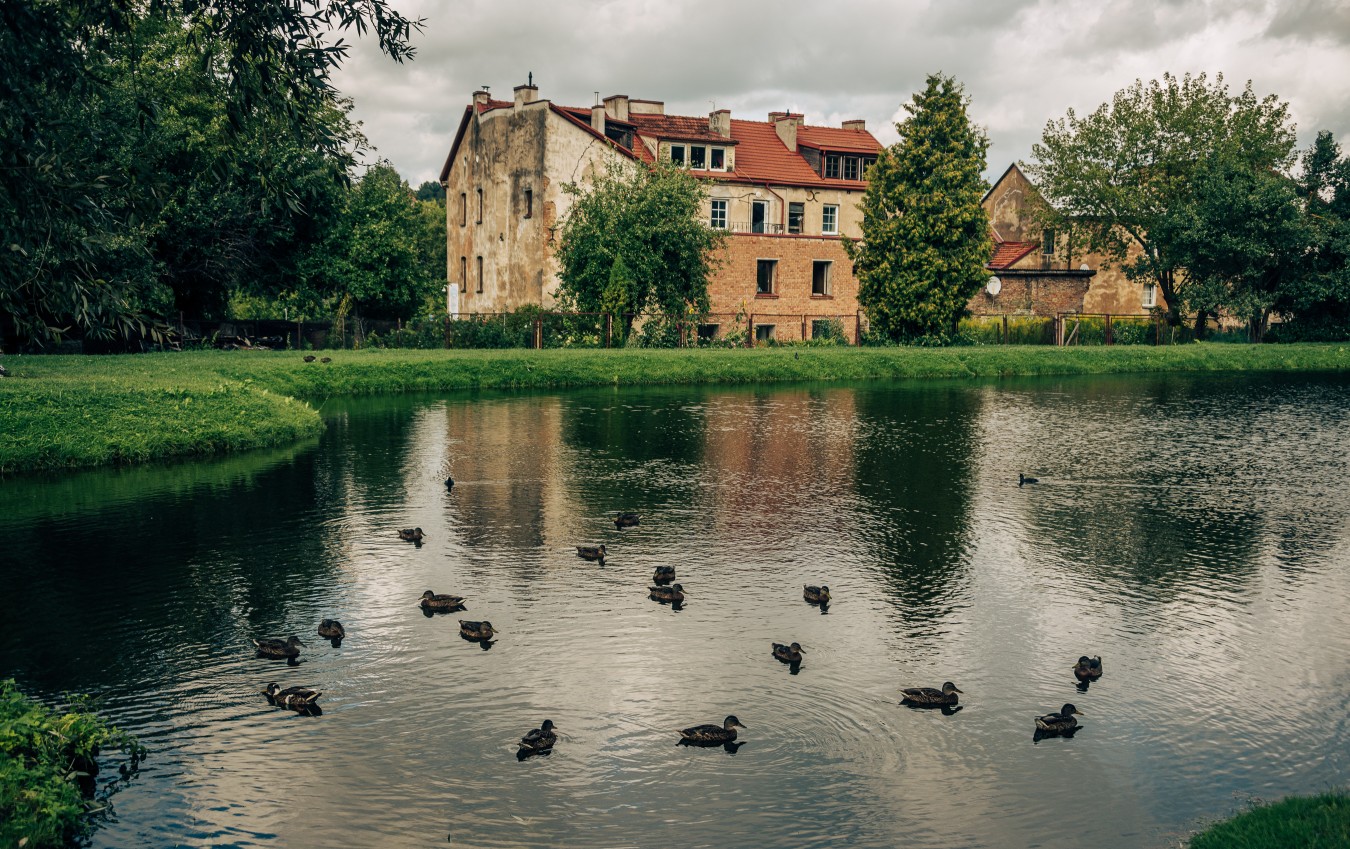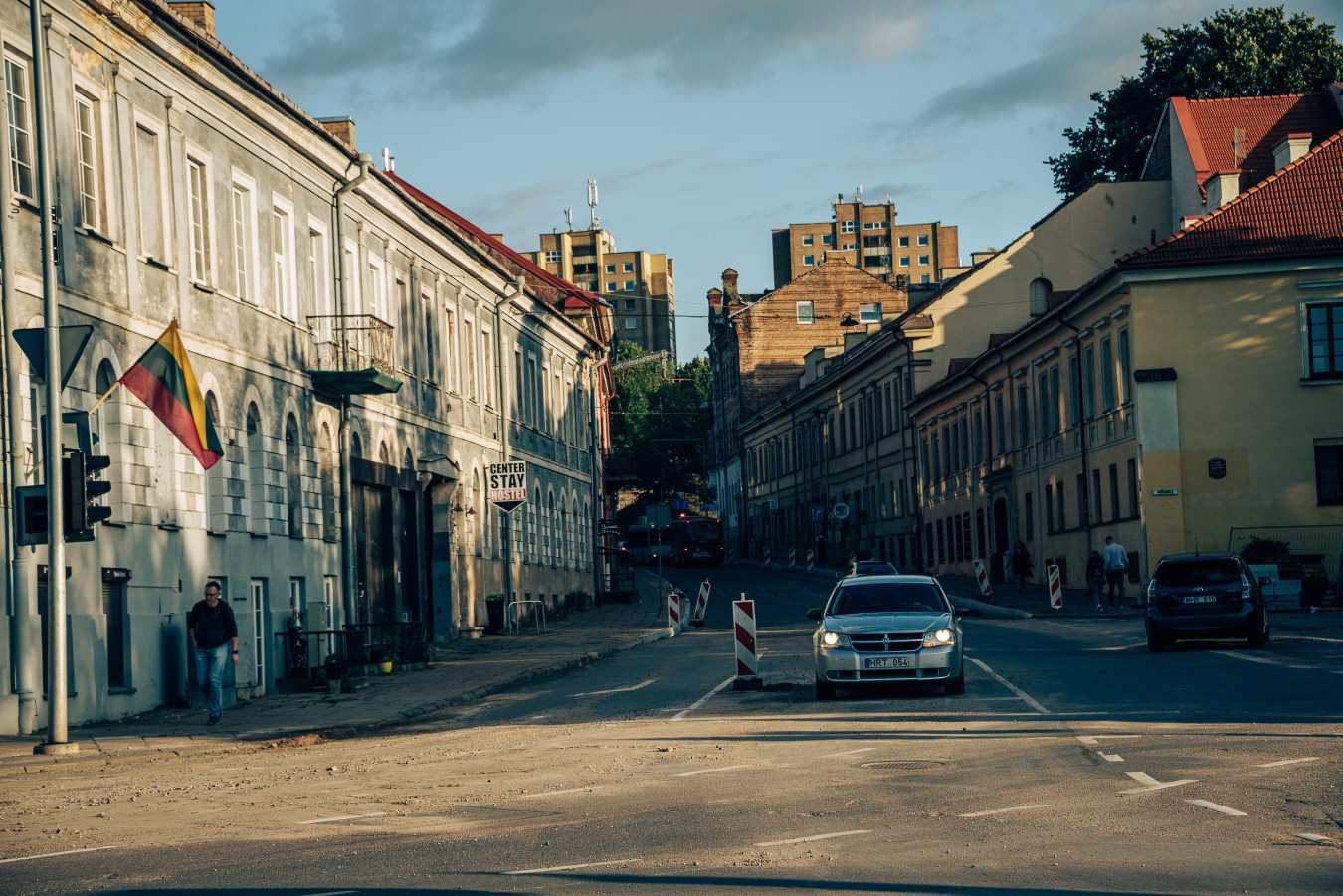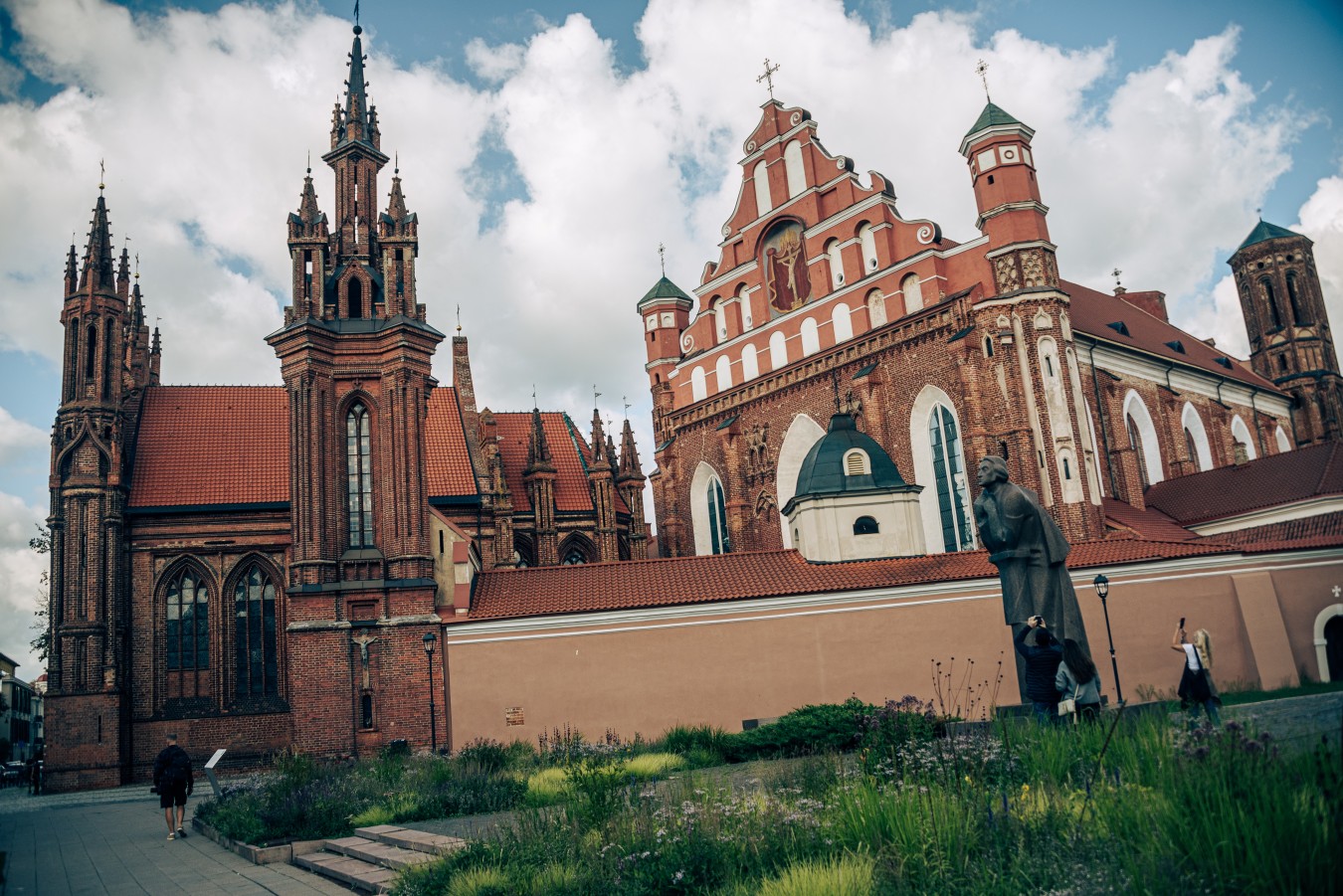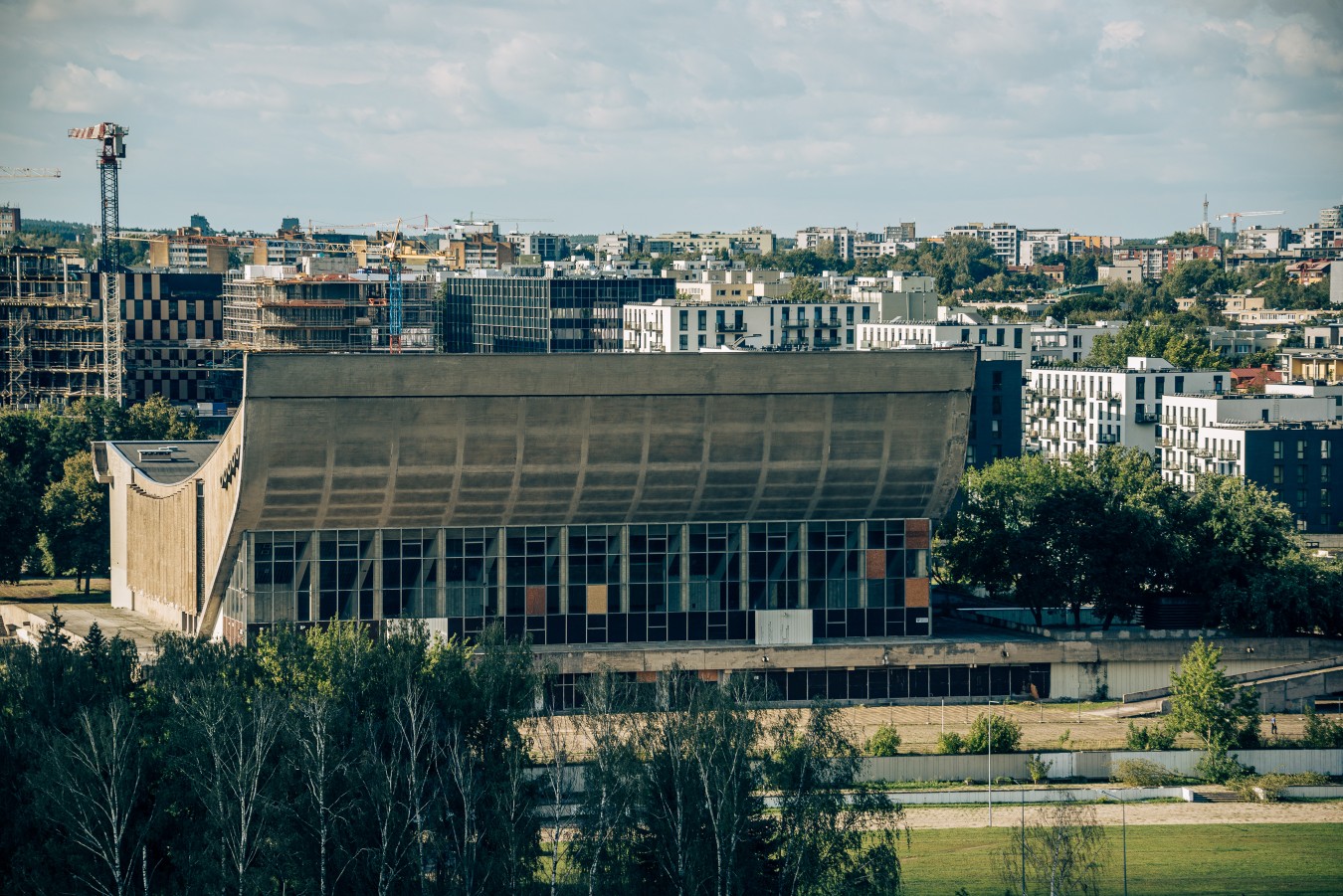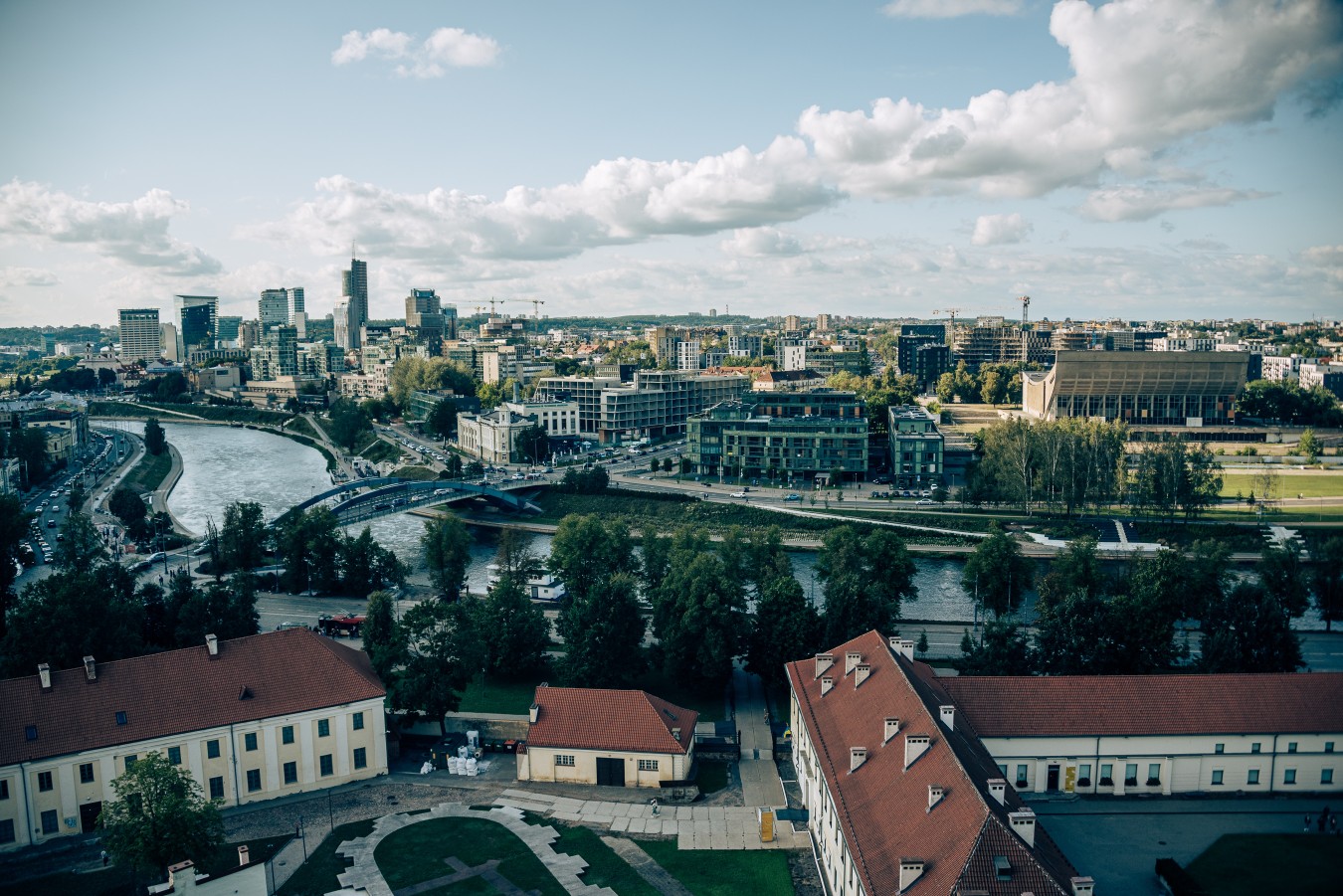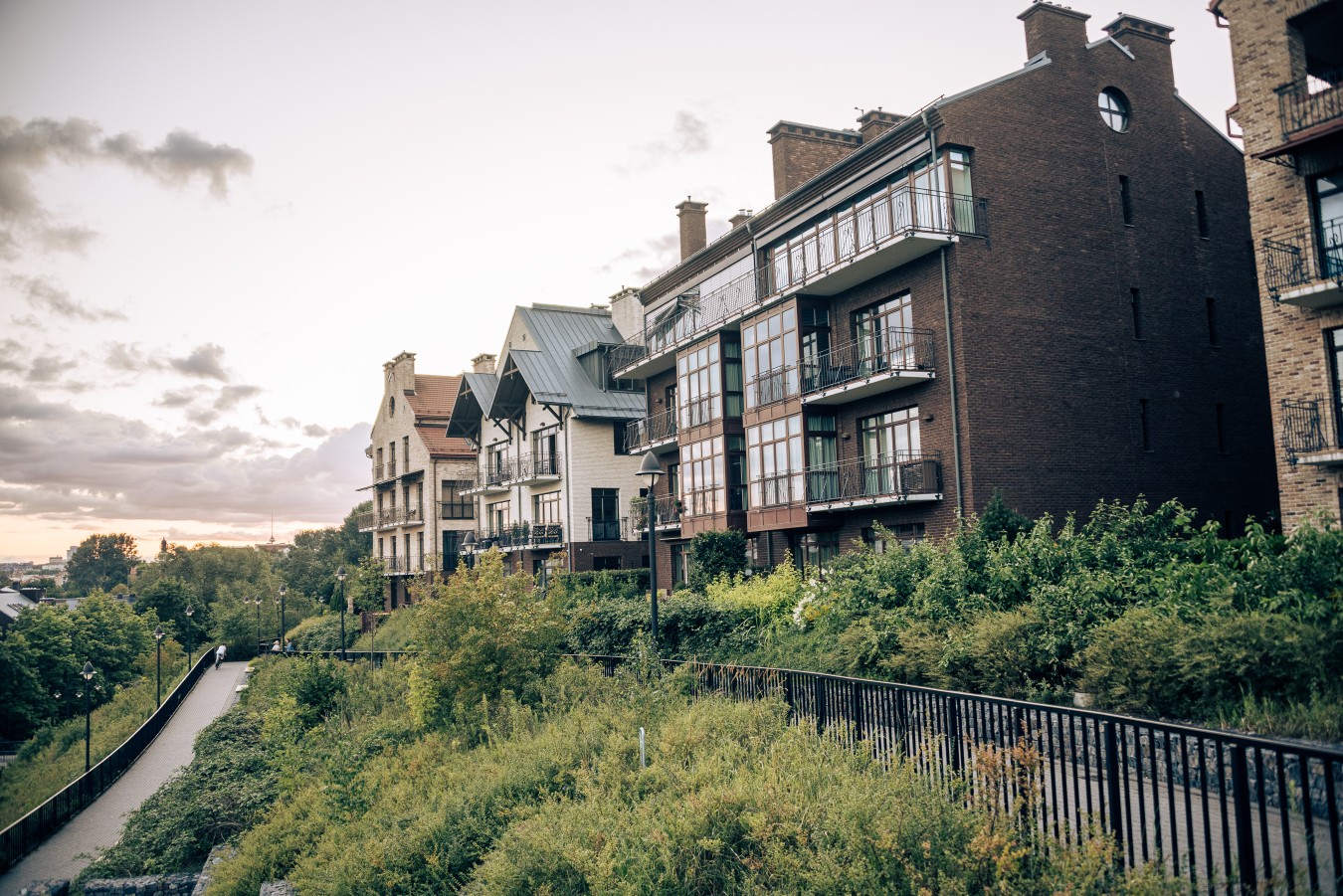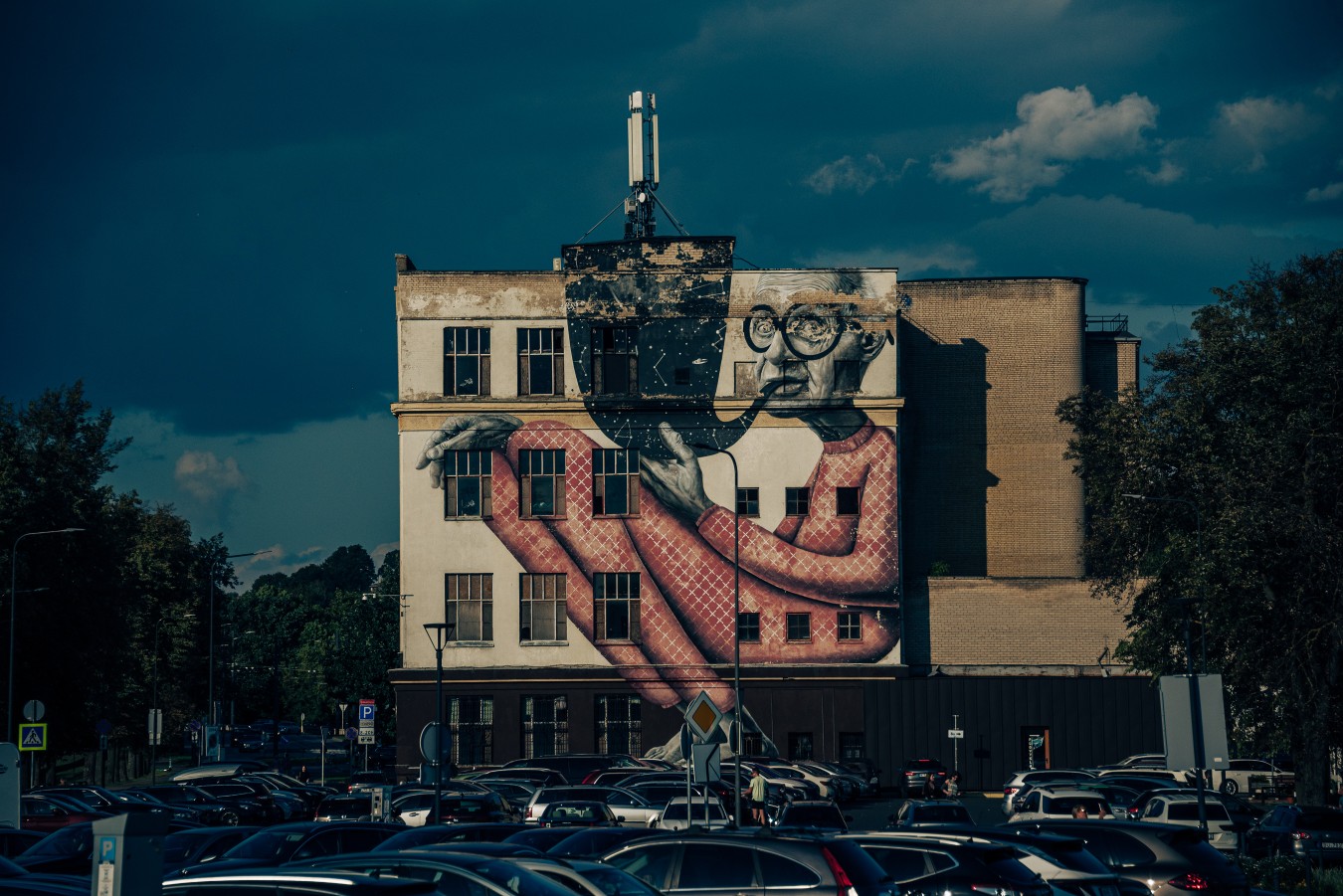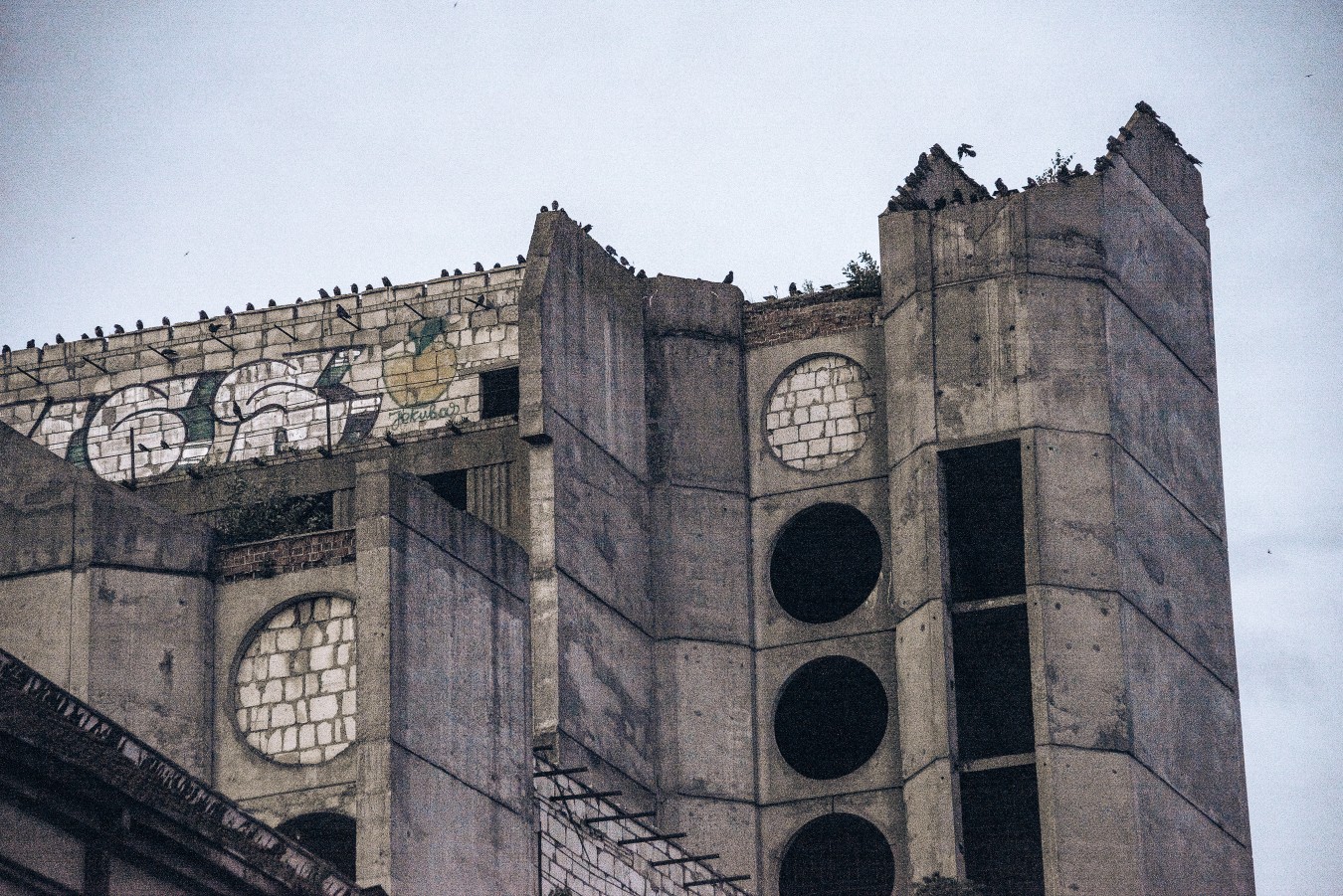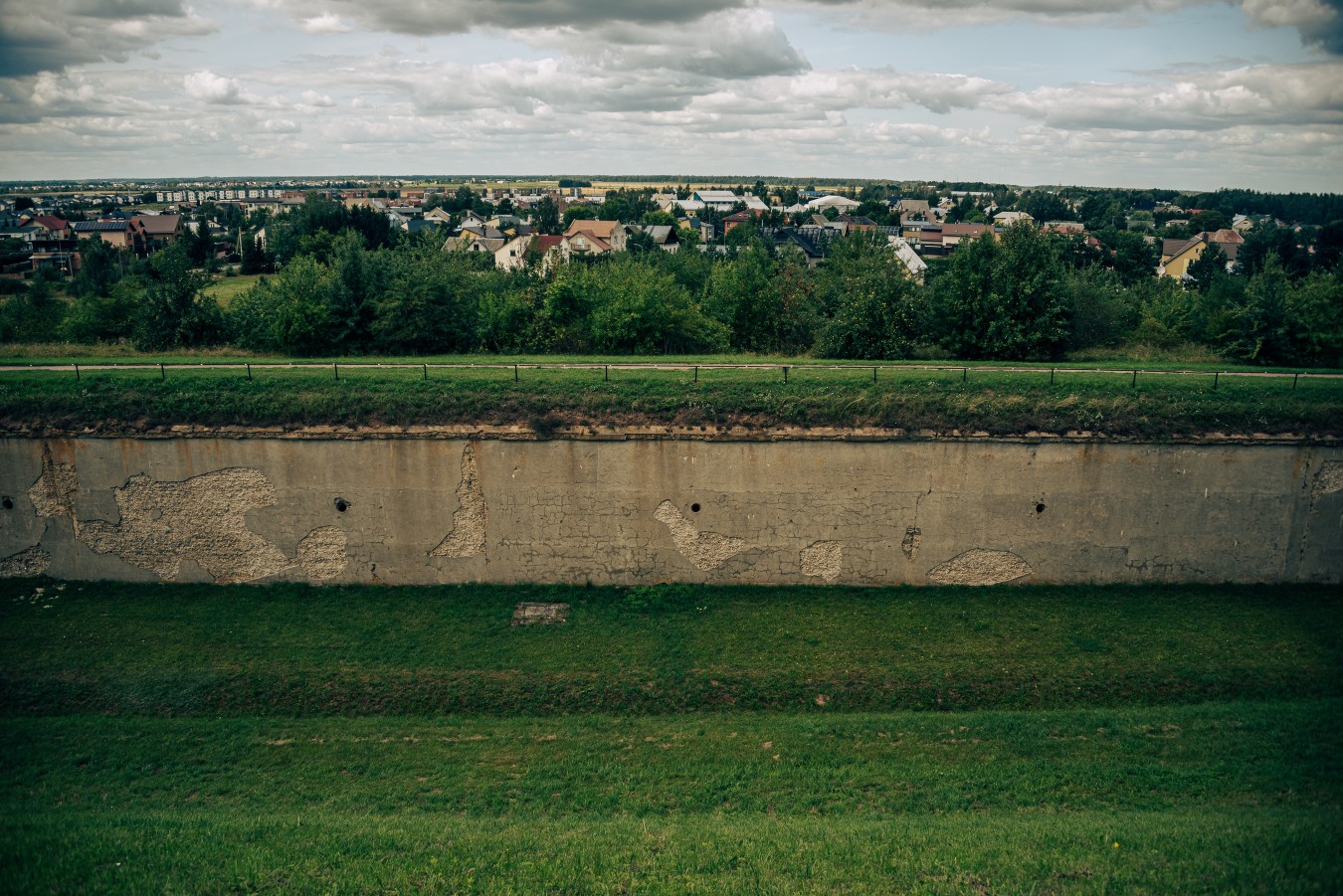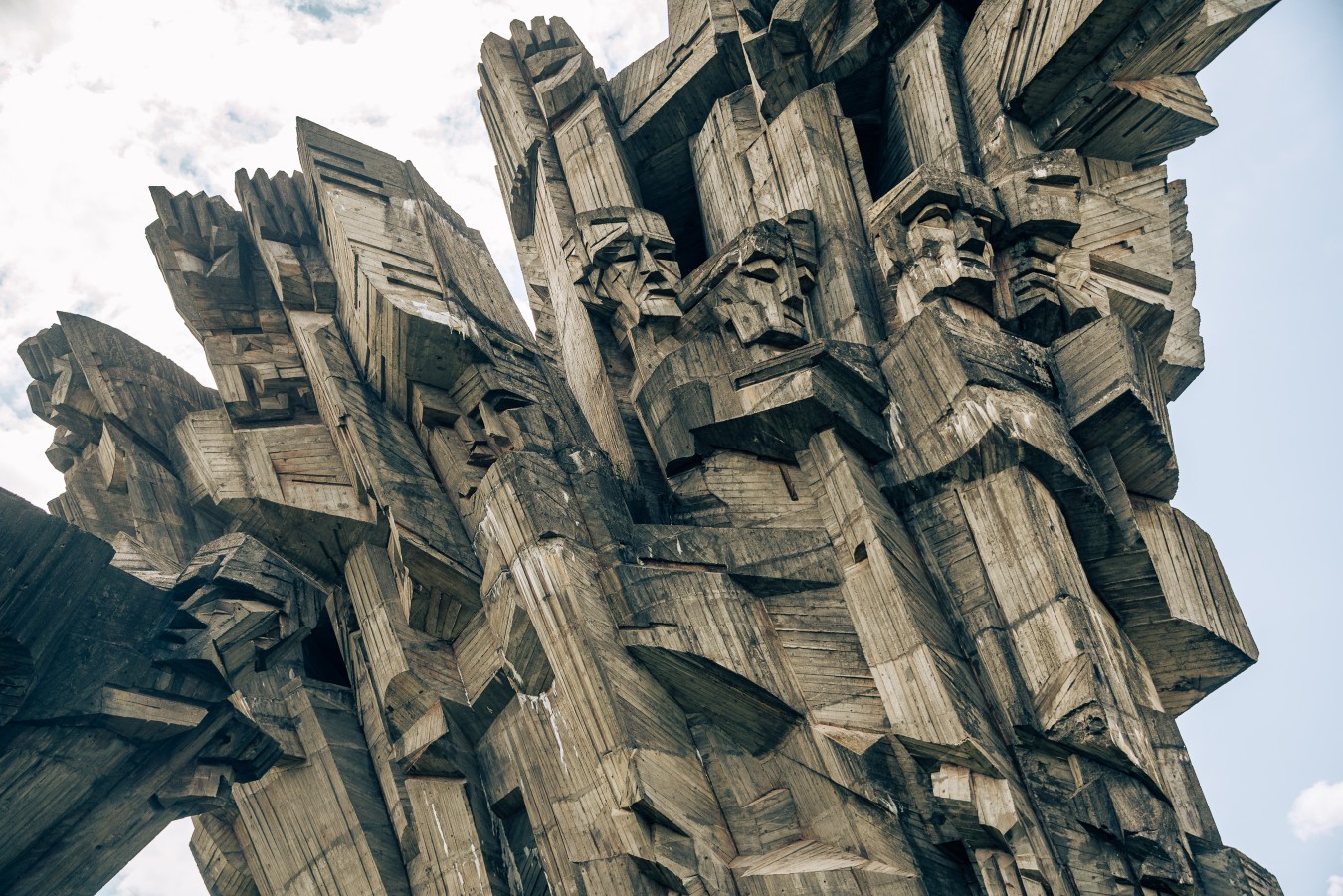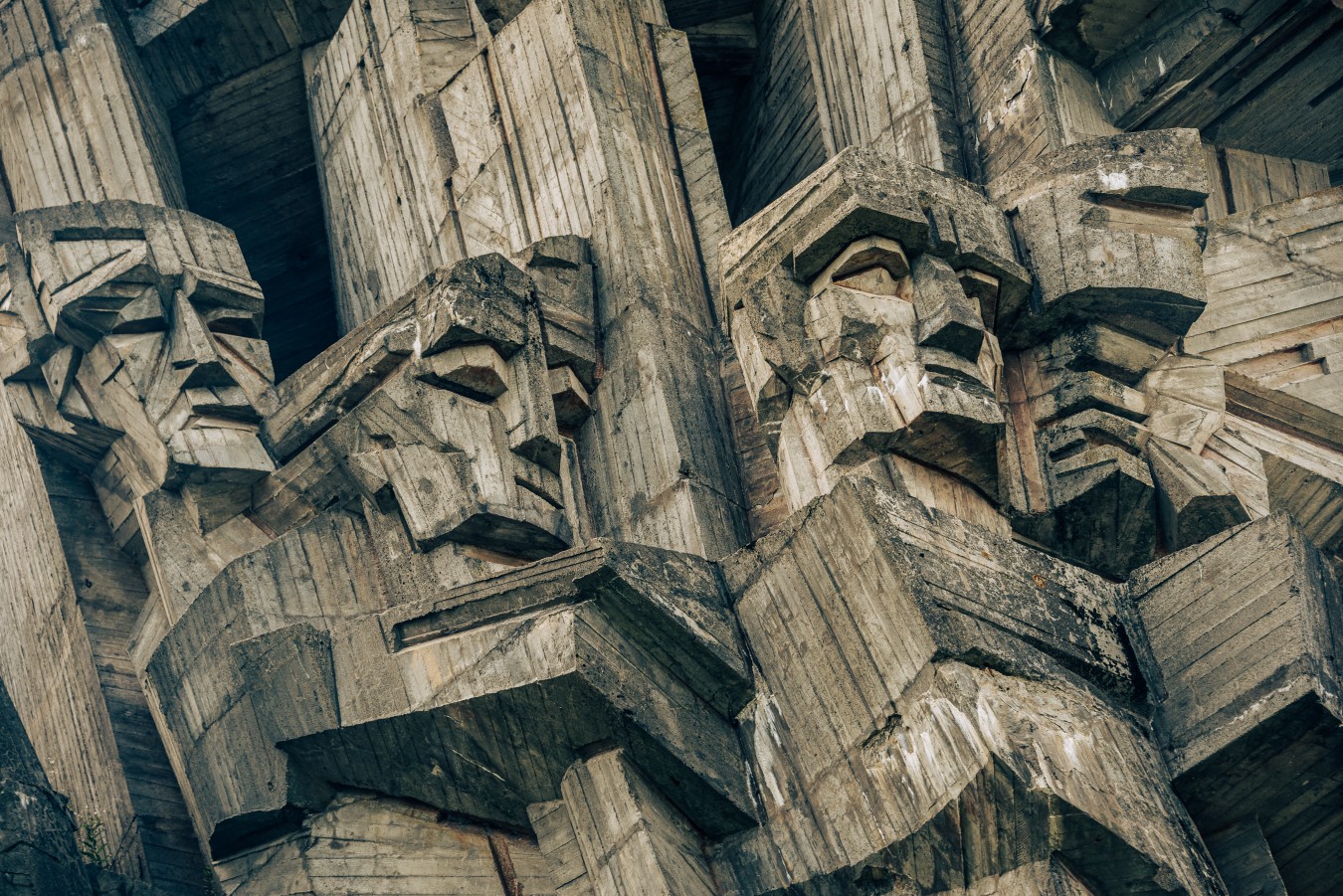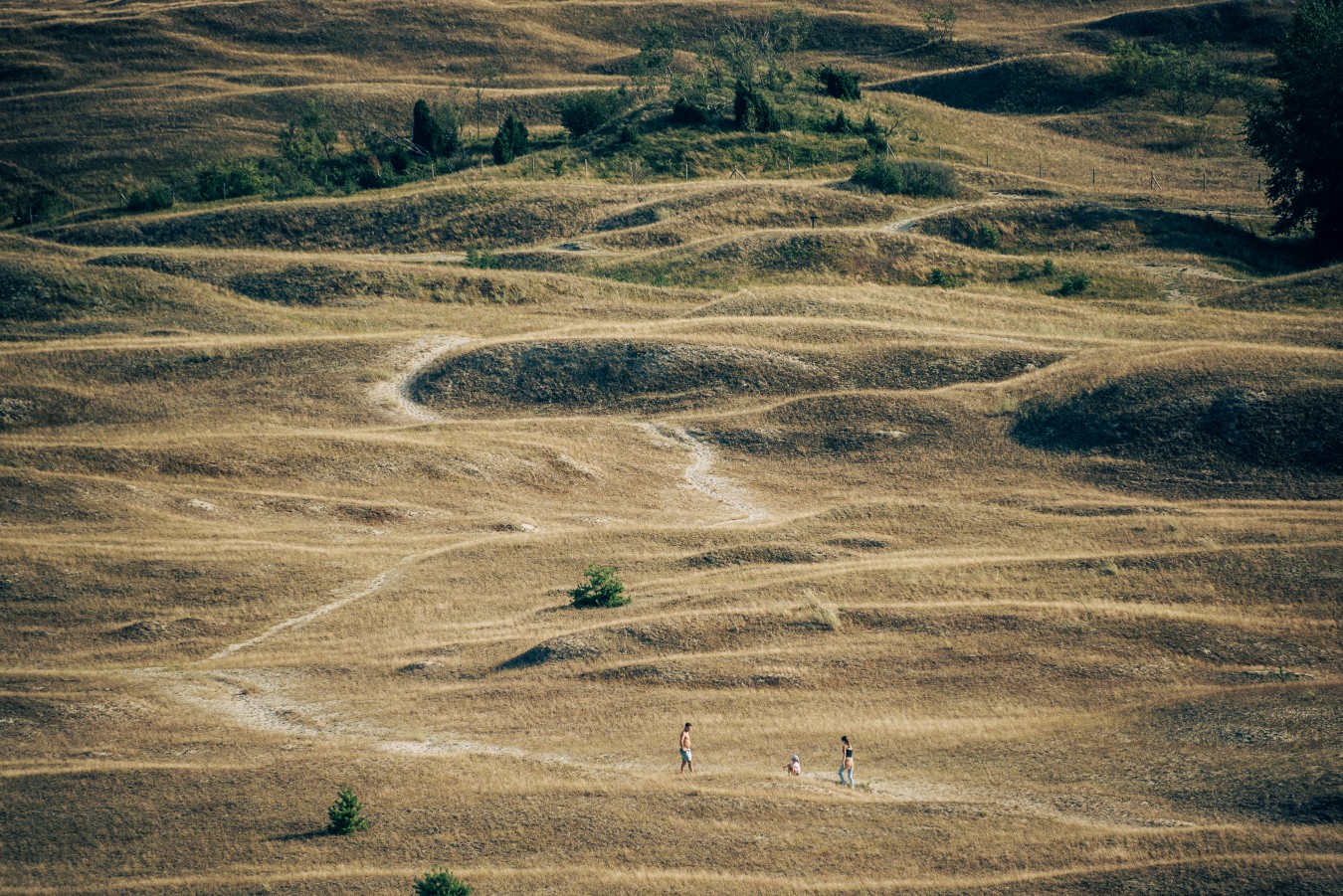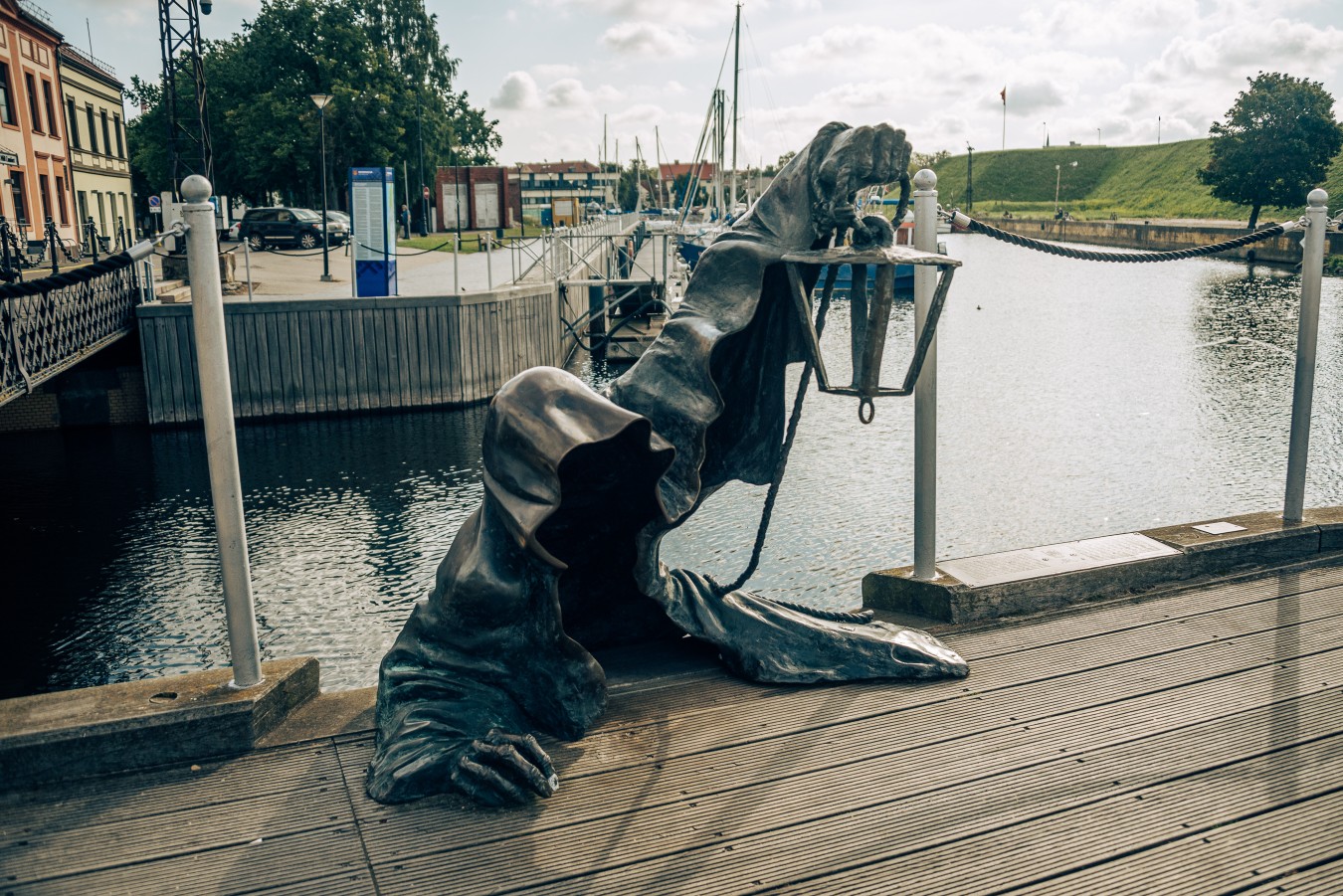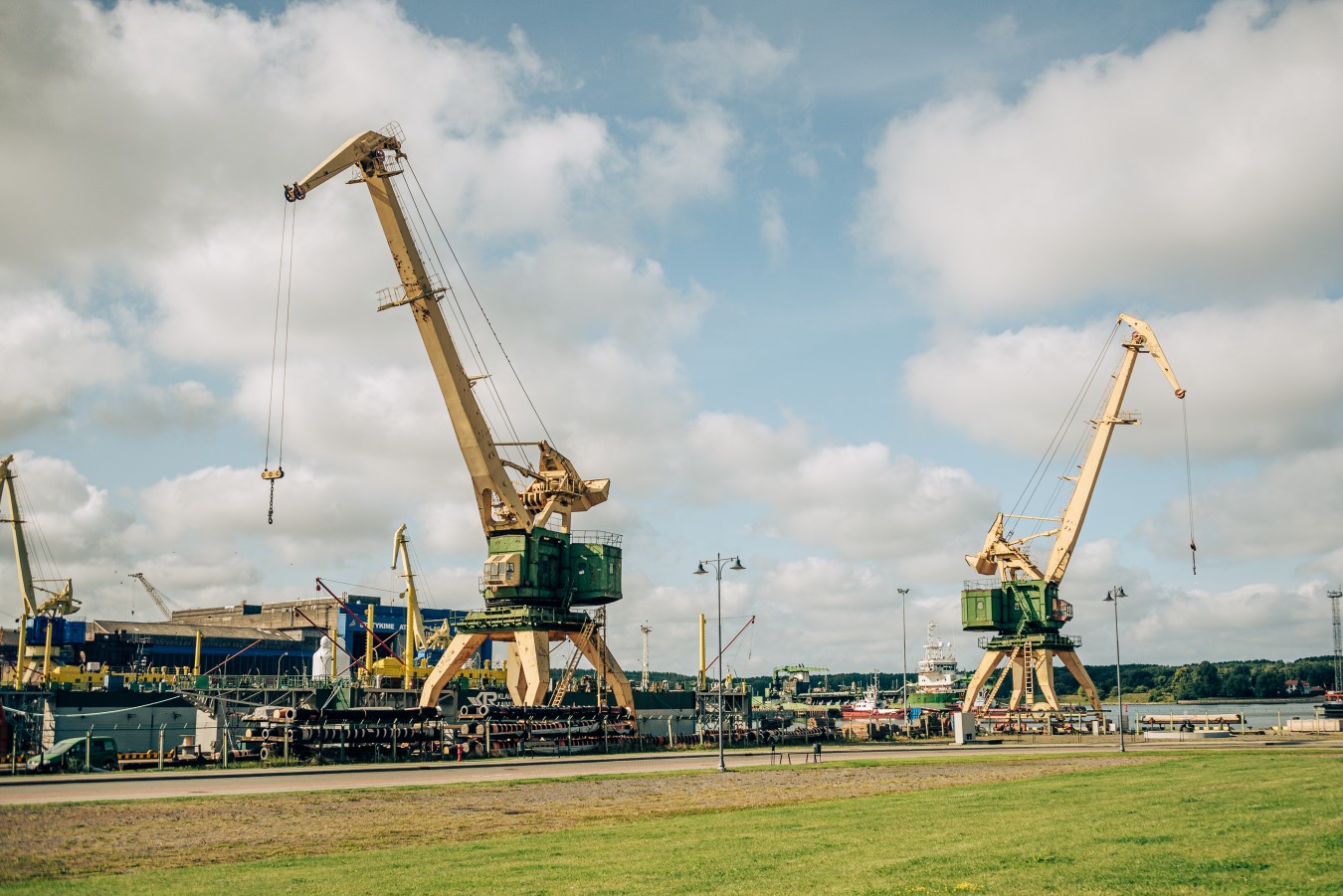Nestled within Vilnius is Užupis, a district that exudes a unique, artistic charm. Often described as a "bohemian republic," Užupis is known for its creative spirit and vibrant street art. Its narrow, winding streets are adorned with murals and sculptures, each piece adding to the area’s distinctive character. The district’s self-declared independence and whimsical constitution reflect its residents' deep commitment to artistic expression and cultural freedom. Strolling through Užupis feels like stepping into an open-air gallery where creativity flourishes in every corner.
A short drive from Vilnius leads to Trakai, renowned for its medieval castle perched on an island in Lake Galvė. The castle’s striking red brick towers and fortifications stand out against the serene waters, creating a picturesque scene reminiscent of a fairy tale. The surrounding landscape, with its lush forests and glistening lakes, enhances the castle’s majestic presence. Trakai's historical significance and architectural grandeur are seamlessly integrated with its natural beauty, offering a captivating glimpse into Lithuania’s medieval past.
Further southwest, Kaunas emerges as a city of modern vibrancy and historical depth. Its architecture spans from the Gothic-style Kaunas Castle to the modernist structures of the early 20th century, reflecting its dynamic growth over the centuries. The city’s central areas, including Laisvės Alėja, are lined with impressive buildings and lively spaces that bridge historical and contemporary elements. Kaunas also boasts a rich cultural heritage, with numerous museums and historical sites that celebrate its role as a center of Lithuanian identity.
The Curonian Spit, a narrow sandbar stretching between Lithuania and Russia, offers a unique blend of natural and cultural splendor. Its shifting dunes and dense forests create a mesmerizing landscape that has inspired countless legends and stories. The area is characterized by its diverse ecosystems, from sandy shores to tranquil wetlands, and is home to the enchanting Hill of Witches, where wooden sculptures bring local folklore to life. The Spit’s serene beauty and ecological significance make it a captivating destination that beautifully marries nature and heritage.
